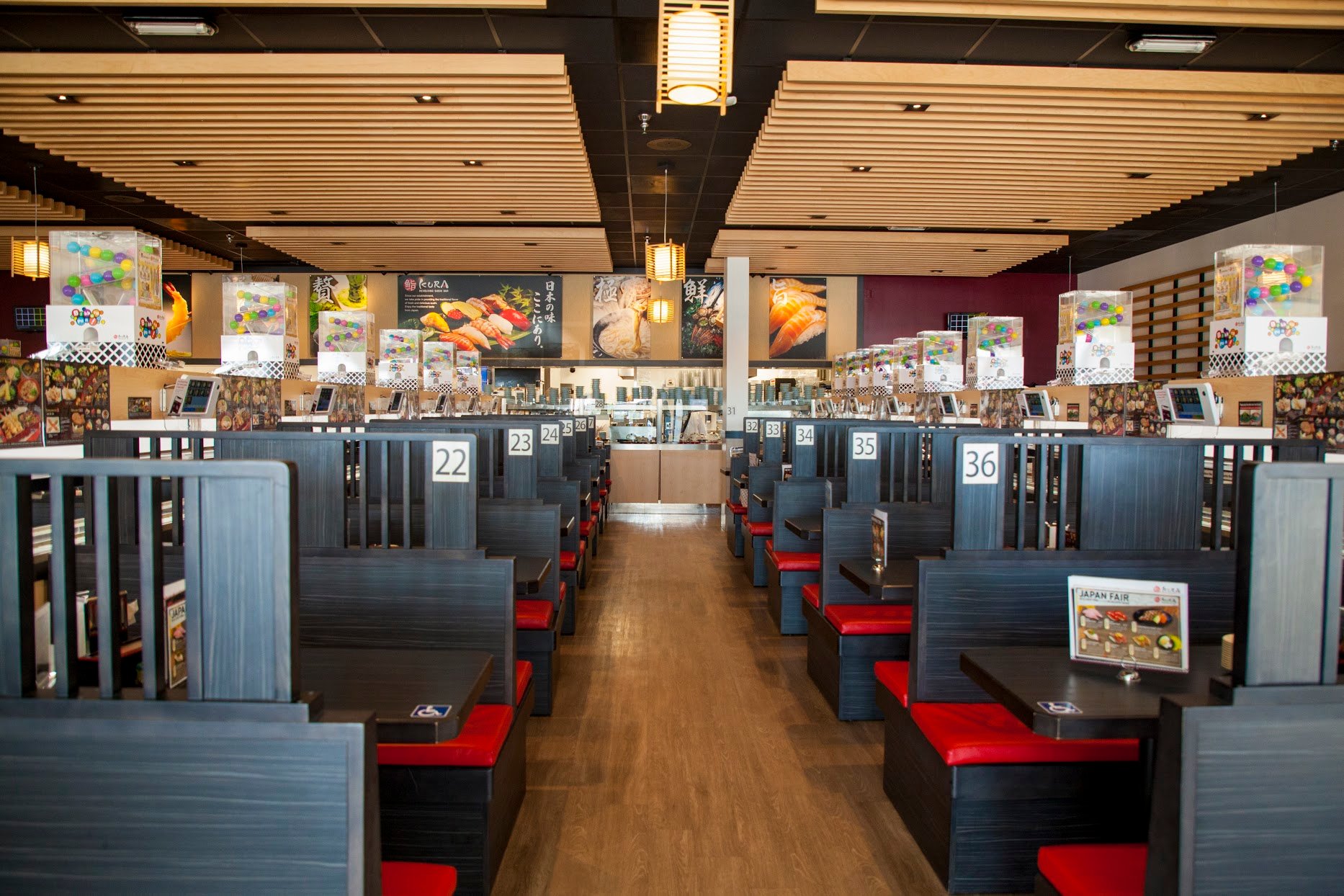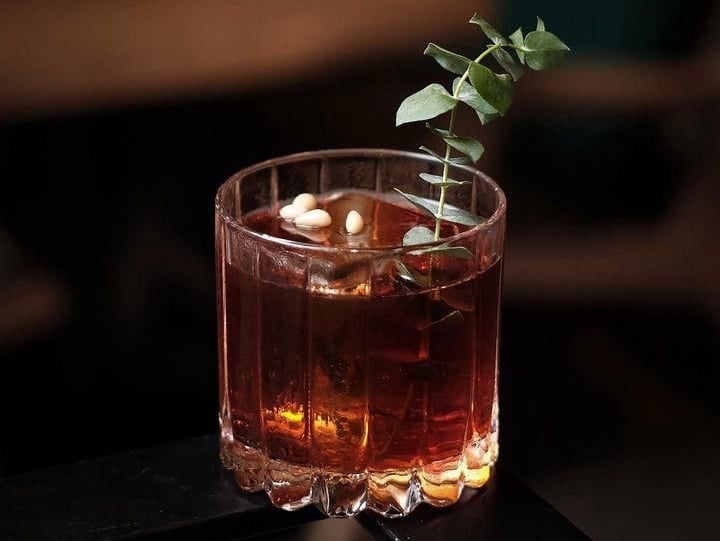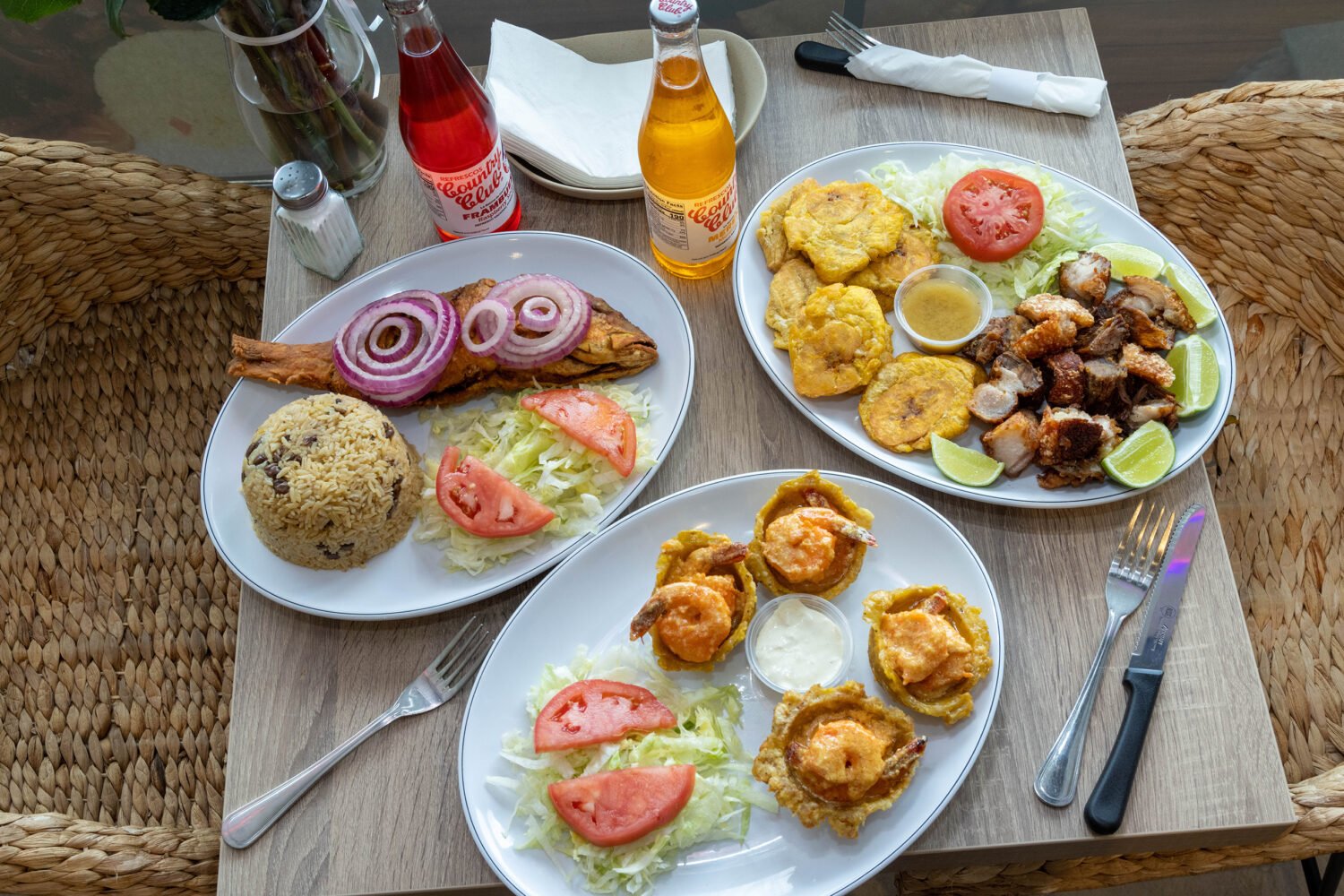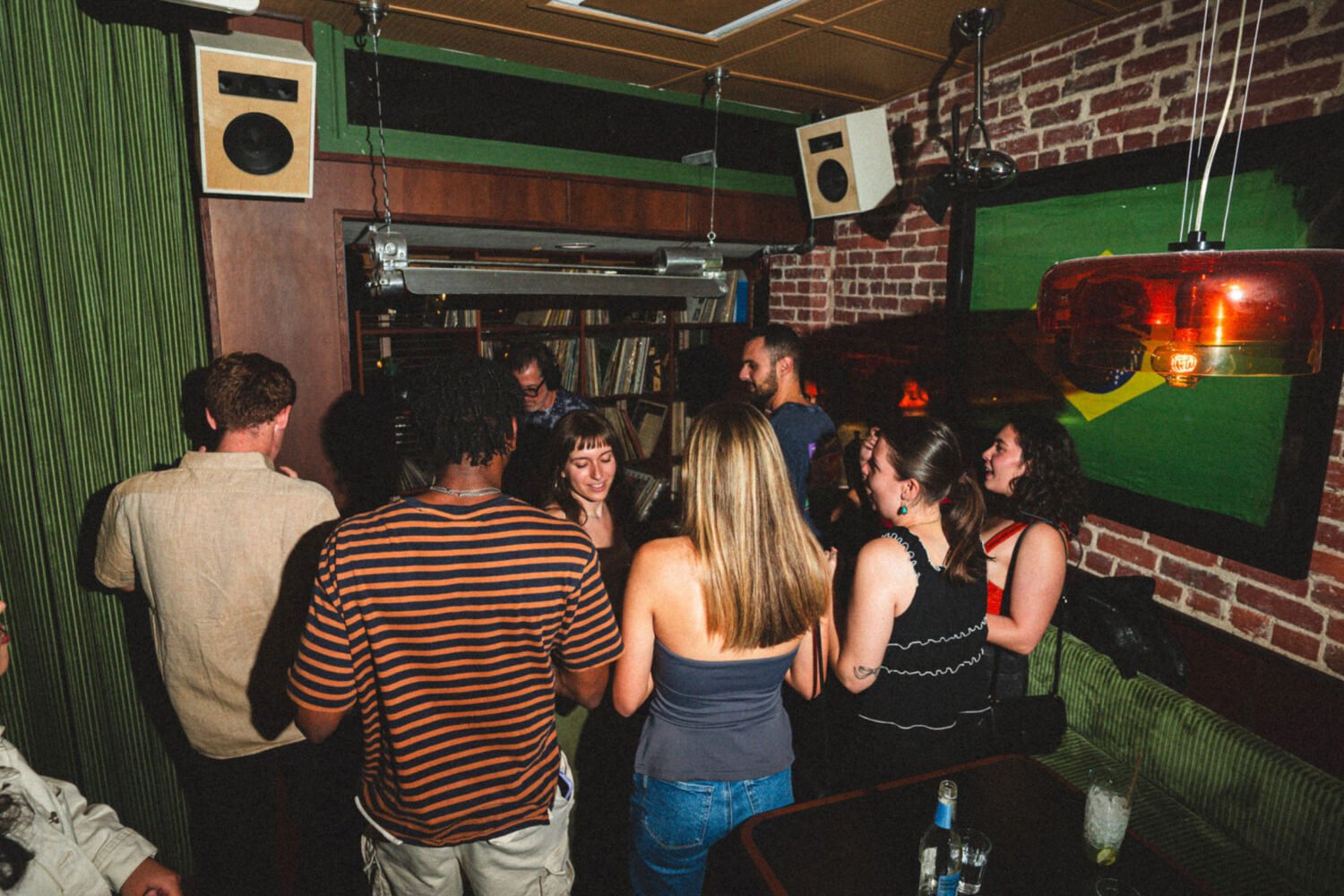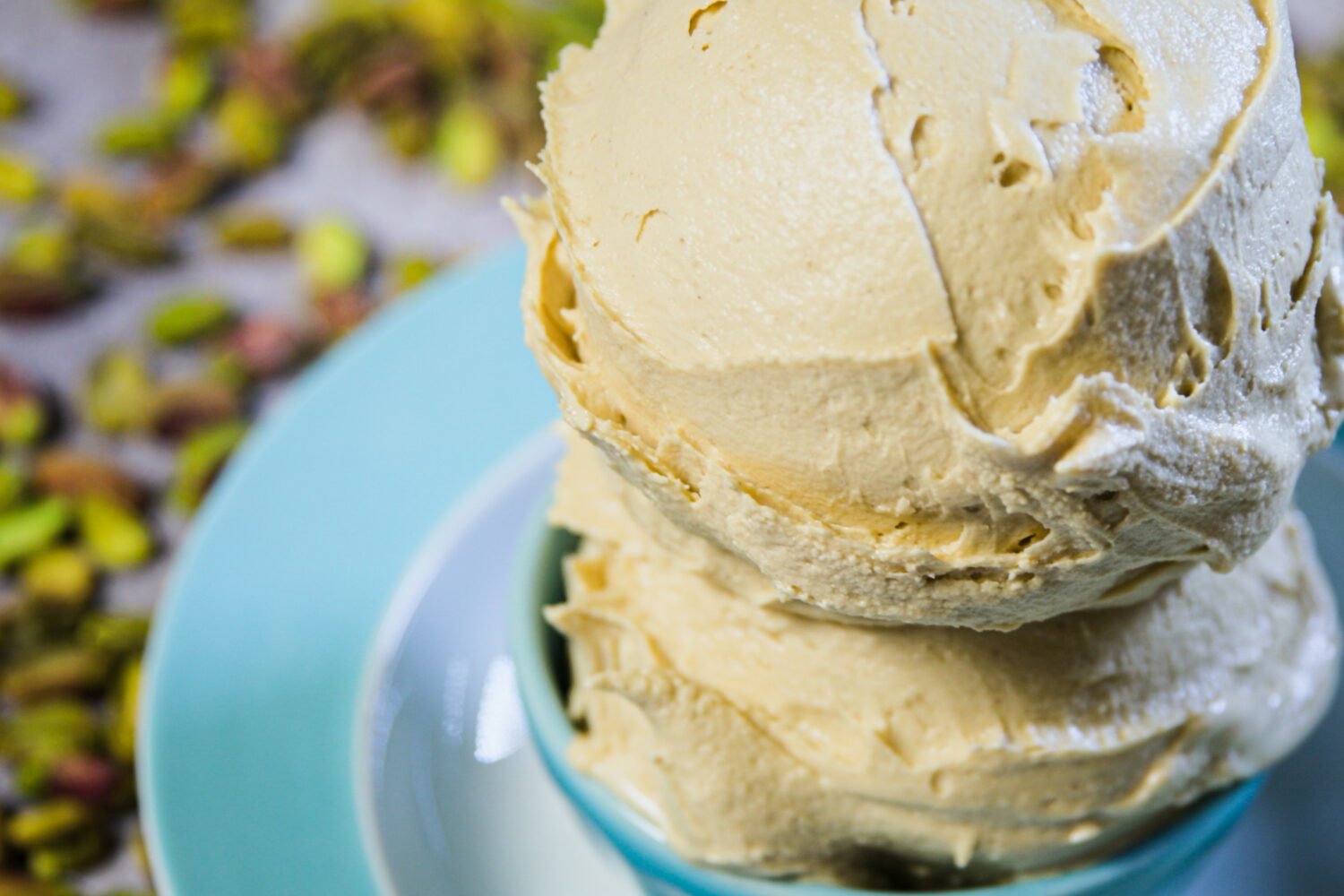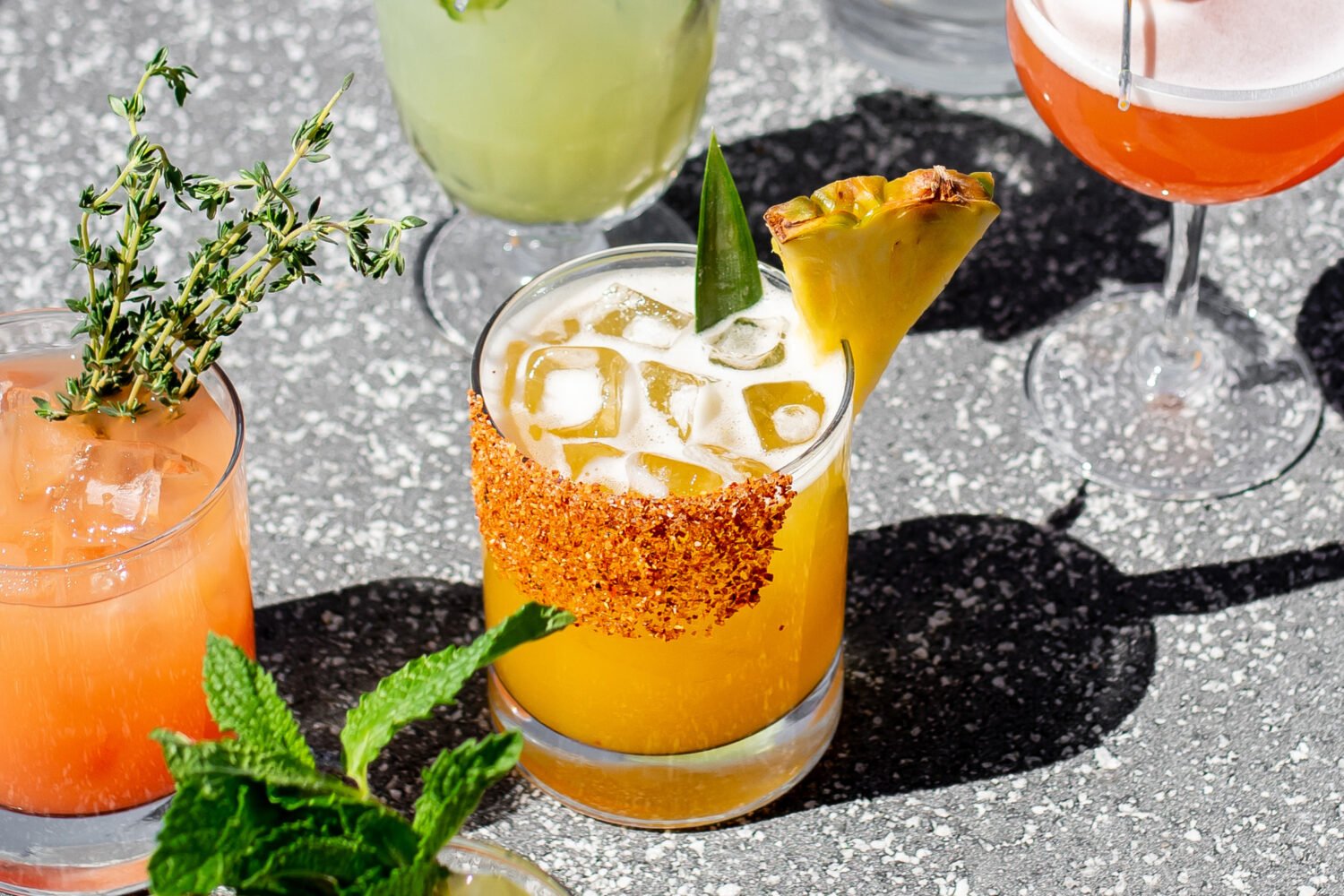Conveyor belt sushi might seem ill-suited for a pandemic (all that food traveling by people again and again). But high-tech Japanese chain Kura Sushi, which just made its DC debut in Chinatown, is trying to make the case its system is actually safer than your typical dinner out.
Kura spokesman Ben Porten explains that the plates are covered by protective domes that limit airborne exposure. Each one is outfitted with tracking technology to monitor how long the food has been in circulation. A robotic arm in the kitchen removes plates that have been rotating for up to two hours. Meanwhile, the restaurant was already set up to limit face-to-face interactions by using touch screens at every table. In addition to the regular conveyor belt, a fast track zips custom-ordered sushi straight from the kitchen to your seat. When you’re done, you stick your plate in a slot that keeps tab on what you’ve eaten.

“In terms of food safety, I think having a really technology forward concept has really put us at an advantage here,” Porten says. The company has also taken some more low-tech precautions, and is in the process of adding six-foot plexiglass partitions between booths. Kura has also pivoted to pick-up and delivery, and an app typically used to manage its long waitlists has been converted into an online ordering platform.
Conveyor belt sushi restaurants typically rely on high volume to keep food fresh and limit waste. Porten says DC’s soon-to-be 25-percent capacity restriction is definitely a “head wind for us,” but he notes the restaurant uses proprietary software that “algorithmically determines” how much sushi to make relative to the demand.
And while most restaurants have scaled back their menus during the pandemic, Kura is still offering more than 140 plates, including sushi, ramen, udon, tempura, and more. Porten notes the number is not as overwhelming as it might seem from an operational perspective. Many rolls, for example, are variations on the same base ingredients.
Kura Sushi is known for being one of the more affordable conveyor belt sushi spots in Japan with all sushi plates costing 100 yen. In DC, two-piece nigiri, handrolls, and rolls all go for $2.95 each. The expansive nigiri menu includes everything from tuna and Hokkaido scallop to yuzu-jalapeno sweet shrimp and seared salmon with miso. The most expensive items, such as ramen or curry rice, are only $7.35. Sweets range from mochi to cheesecake.
Kura first arrived in the US a decade ago and now has locations primarily in California and Texas. DC is among the first stops in the company’s East Coast expansion. While the menu was identical to its Japanese counterparts at first, it’s since evolved more toward American palates with more noodle dishes and items like steak sushi.
One thing that the US and Japanese locations continue to share, however, is the “bikkura pon” prize system. Every time you add a plate to the plate slot at the table, you earn points. For every five plates, an animation will play on your ordering screen. And once you’ve hit 15 plates, a dispenser at each table will release a capsule toy.
Kura Sushi. 614 H St., NW. 202-629-2709.

